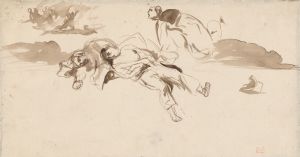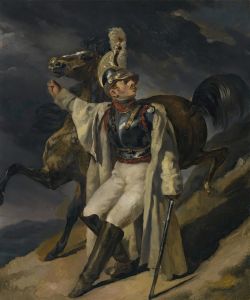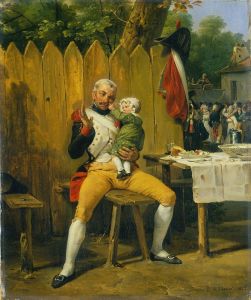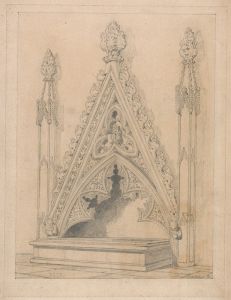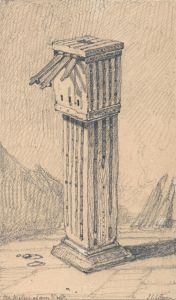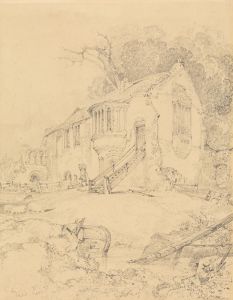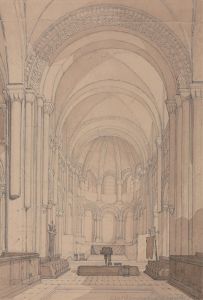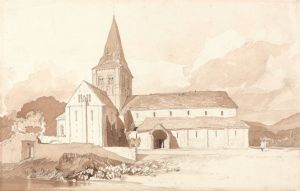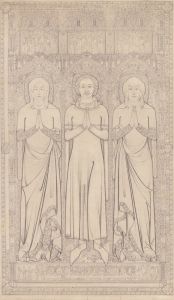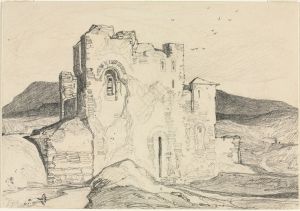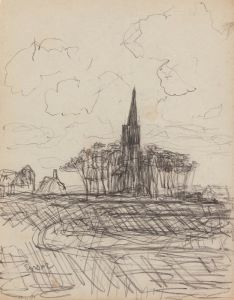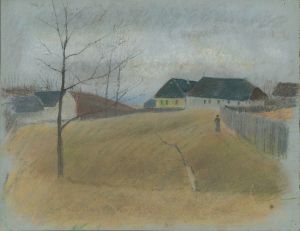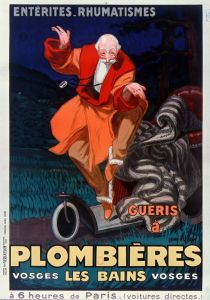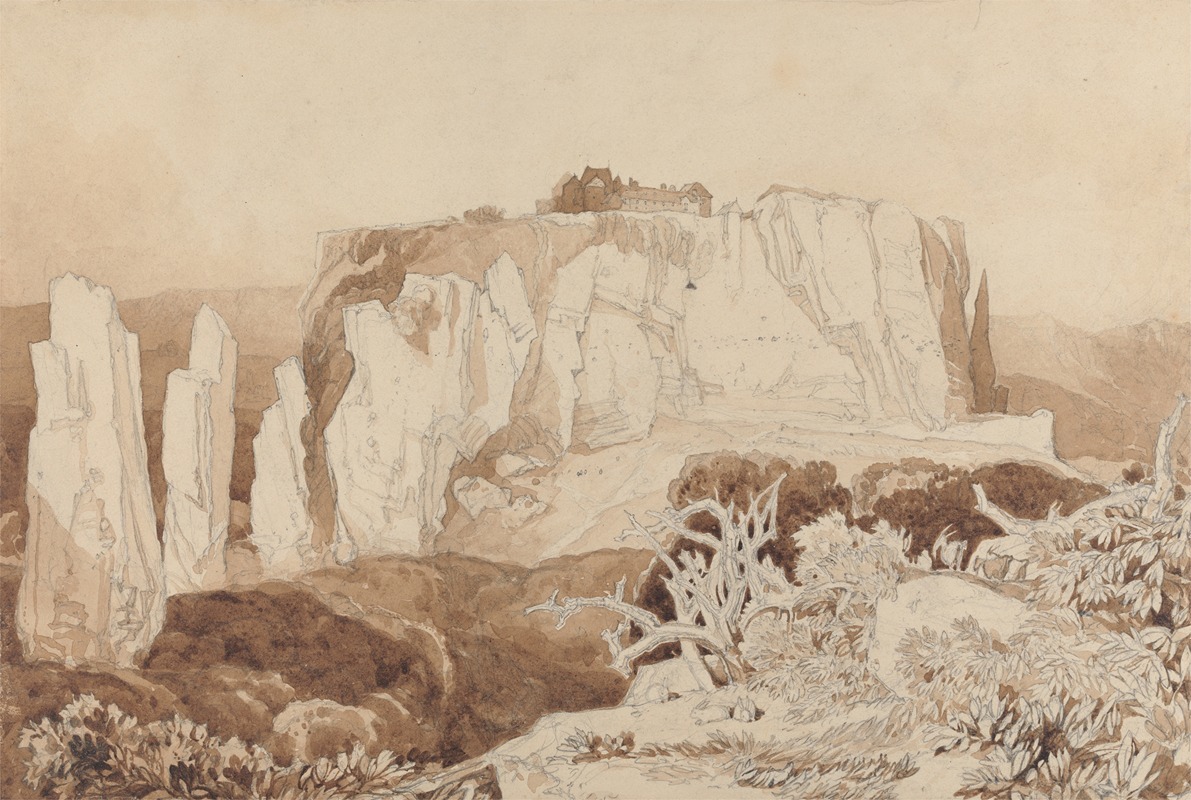
Mortain, Normandy
A hand-painted replica of John Sell Cotman’s masterpiece Mortain, Normandy, meticulously crafted by professional artists to capture the true essence of the original. Each piece is created with museum-quality canvas and rare mineral pigments, carefully painted by experienced artists with delicate brushstrokes and rich, layered colors to perfectly recreate the texture of the original artwork. Unlike machine-printed reproductions, this hand-painted version brings the painting to life, infused with the artist’s emotions and skill in every stroke. Whether for personal collection or home decoration, it instantly elevates the artistic atmosphere of any space.
John Sell Cotman (1782–1842) was an English painter, illustrator, and leading member of the Norwich School of painters, a movement known for its focus on natural landscapes and architectural subjects. Among his works is Mortain, Normandy, a watercolor painting that reflects Cotman’s interest in capturing the picturesque beauty of European landscapes and historical architecture.
Cotman traveled to Normandy, France, on multiple sketching tours between 1817 and 1820. These trips were undertaken to document the region’s medieval architecture and scenic landscapes, which were of great interest to British artists and antiquarians of the time. During these visits, Cotman produced numerous sketches and studies, which he later developed into finished works. Mortain, Normandy is one such piece, showcasing his skill in watercolor and his ability to depict the interplay of light, texture, and form.
The painting likely depicts a view of Mortain, a small town in the Manche department of Normandy, known for its dramatic natural scenery, including waterfalls and rocky landscapes, as well as its historical significance. Mortain was home to several notable landmarks, such as the Abbey of Blanchelande and the Petite Cascade, which may have inspired Cotman’s work. However, the exact location or subject within Mortain that Cotman portrayed in this painting is not definitively documented.
Cotman’s style in works like Mortain, Normandy is characterized by his use of simplified forms, muted color palettes, and a focus on atmospheric effects. These qualities distinguish his approach from more detailed and literal depictions of landscapes. His work often conveys a sense of tranquility and timelessness, emphasizing the harmony between natural and architectural elements.
The painting is an example of Cotman’s broader contribution to the Norwich School and to the development of watercolor as a medium in British art. His Normandy works, including Mortain, Normandy, were influential in shaping the perception of French medieval architecture and landscapes among British audiences. Cotman’s ability to balance artistic expression with architectural accuracy made his works valuable not only as art but also as historical records.
Today, Cotman’s works, including his Normandy series, are held in various public and private collections. They continue to be studied and appreciated for their artistic merit and their role in documenting early 19th-century European landscapes. Specific details about the current location or provenance of Mortain, Normandy are not readily available, but it is representative of Cotman’s enduring legacy as a master of watercolor and a key figure in British art history.






